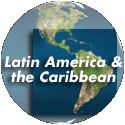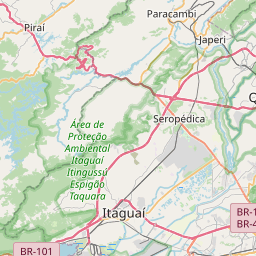
Manguezal - Border of Life and Death
Baía de Guanabara, Rio de Janeiro, Brazil
15 March 2006 12:20 PM
© 2006 AYRTON, All Rights Reserved.
Brazil has one of the largest Manguezais in the world, and The Ondazul Foundation has being taking care of that area, trying to recuperate the soil and the fauna after a huge disaster caused by a big Oil Company has flooded the area with tons of raw oil all over, killing all the especies in that area.
In contrast to other forests, the manguezais are not rich in species, however they are distinguished for the great abundance of the populations that in them live. Therefore they can be considered one of most productive natural environments of Brazil.
How much to the fauna, some species of crabs are distinguished, forming enormous deep populations in the slimy ones. The oysters, mussels, berbigões and cracas if feed filtering of the water the small fragments of vegetal, rich debris in bacteria. It also has species of clams that perforate the wood of the trunks of trees, constructing there its limy pipes and if feeding of microorganisms that decompose the lignina of the trunks, assisting the natural renewal of the ecosystem through the fall of old trees, much perforateed. The shrimps also enter in the fens during the high tide to feed themselves. Many of the species of fish of the Brazilian coast depend on the alimentary sources of the manguezal, at least in the young phase. Between them they are catfishes, robalos, manjubas and tainhas. The wealth of fish attracts predators, as some species of tubarões, dogfishes and until dolphins. The yellow alligator of papo and the Farcical frog marinus can, 0ccasionally, be found. Typical birds are few, due to small florística diversity; however, some species use the trees of the fen as nest building and rest, comment points. These birds if feed of fish, crustaceans and clams, especially in the tide low, when deep the slimy ones are displayed. Between the mammals, coati is specialist in feeding itself of crabs. The otter, skillful fishing, is frequent, as well as the raccoon.
Lat: 23° 44' 18.74" S
Long: 44° 12' 22.23" W
Elevation: 0
Precision is: Medium. Nearby, but not to the last decimal.









 Tap or click the zoom icon in the bottom right corner of the picture to switch between in-page and fullscreen view
Tap or click the zoom icon in the bottom right corner of the picture to switch between in-page and fullscreen view